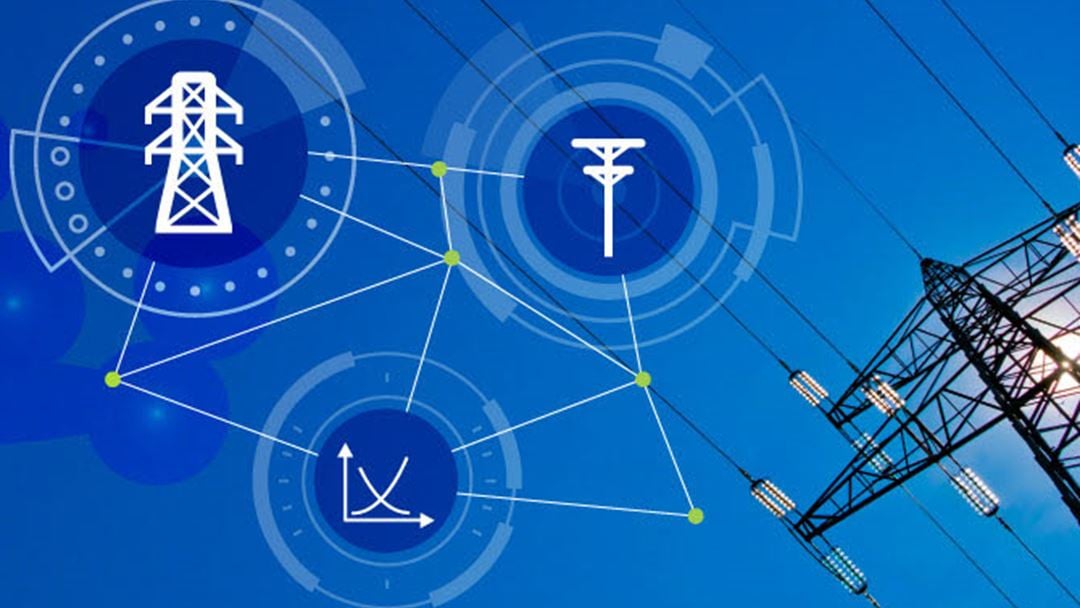Flexibility in ancillary services
Results:
- Definition and characterization of services to be provided by flexibility elements
- Modelling TSO-DSO coordination: The value of distributed flexible resources to the power system
- Multimarket Services for Stationary Batteries - Case of Providing Primary Frequency Reserves
- Use case for assessment of utilization of flexibility in ancillary services
- Use of flexible resources in grid operation – today and in the future
Flexibility and Interaction DSO/TSO
CINELDI's Knowledge base
Flexibility resources such as demand response, generation and storage can contribute with flexibility both on the distribution and transmission grid level. The characteristics of the different flexible resources will affect which ancillary services they can contribute to. Different aspects related to utilization of flexibility have been studied in CINELDI.
The concept of flexibility in ancillary services means to utilize flexible resources such as demand response and batteries in ancillary services [1]. Ancillary services can be voltage/frequency control, balancing services and congestion management [2], for example. An evaluation of relevant use cases was presented [3,4], and it was found that the largest category of use cases was related to demand response.
The value of distributed flexible resources was studied through modelling a coordination scheme between TSO and DSO, utilizing distributed energy resources in the distribution system [5]. The study found that the total cost of power system operations is reduced when distributed flexible resources are incorporated into the joint coordination framework.
Considering the future power system (2030-2040), several stakeholders may be interested in the same flexibility resource, so the need for coordination is increasing [1]. Large generation units may be replaced by medium- or small units with variable (weather-dependent) production, which may lead to critical issues locally in the grid [6]. Future roles may need to change, where the DSO could be responsible for local balancing actions to support the TSO. Increased coordination is needed between DSO and TSO to avoid the introduction of new imbalance due to flexibility activation.
Selected publications from CINELDI:
- H. Sæle, A. Morch, M. Z. Degefa, and I. Oleinikova, “Assessment of flexibility in different ancillary services for the power system", in 2020 17th International Conference on the European Energy Market (EEM), Stockholm, Sweden, Sep. 2020, pp. 1–6. doi: 10.1109/EEM49802.2020.9221996.
- H. Sæle, "Når er det riktig å bruke fleksibilitet i kraftsystemet", SINTEFblogg, 2021.
- S. Garnås, “WP3 Interaction DSO/TSO - Use case," SINTEF Energy Research, CINELDI Internal (memo), 2018.
- A. Morch et al, "Use case for future (2030-2040) smart distribution grid operation", CINELDI-report 02:2019.
- H. H. Grøttum, S. F. Bjerland, P. C. del Granado, and R. Egging, “Modelling TSO-DSO coordination: The value of distributed flexible resources to the power system”, in 2019 16th International Conference on the European Energy Market (EEM), Sep. 2019, pp. 1–6. doi: 10.1109/EEM.2019.8916377.
- H. Sæle, A. Z. Morch, E. Rikos, S. M. Canevese Silvia Maria, and M. Kosmecki IEN, “Utilization of distributed energy resources’ flexibility in power system operation – Evaluation of today’s status and description of a future concept", in 2018 53rd International Universities Power Engineering Conference (UPEC), Sep. 2018, pp. 1–6. doi: 10.1109/UPEC.2018.8541913.

